30 October 2023
Our port pro of the month is Jens Meier, Chief Executive Officer Chairman of Executive Board of the Port of Hamburg. In what follows, you will read more about energy and digital transition in this German Port, as well as logistics and intermodality in the port sector, and you will meet the incoming President of the International Association of Ports and Harbours. Discover the other interesting topics our port pro of the month addressed below!
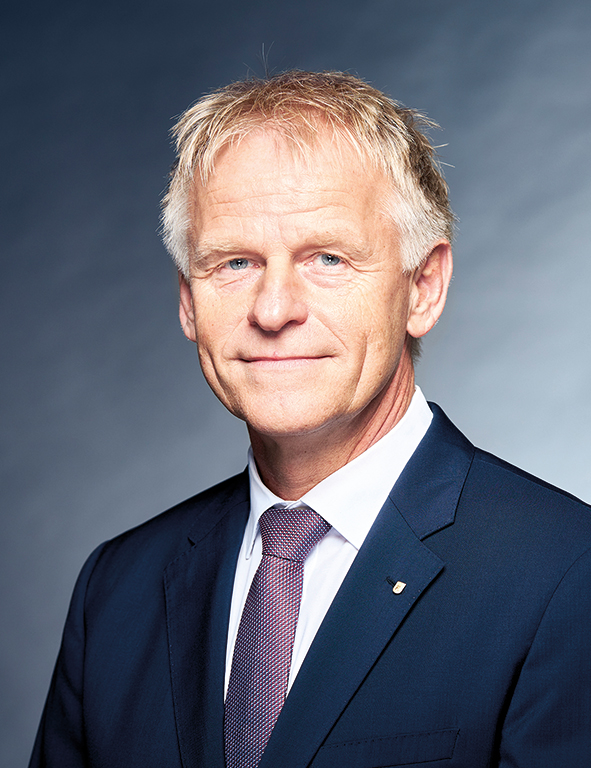 Jens Meier - © HPA Andreas Schmidt-Wiethoff
Jens Meier - © HPA Andreas Schmidt-Wiethoff
Can you briefly present us the Port of Hamburg? What are its main characteristics and challenges?
As the largest German port with the largest contiguous industrial area in Europe, the Port of Hamburg ensures the supply of raw materials and goods to German and European companies and thus forms the basis for the security of supply of the entire Federal Republic of Germany and the port’s wider European hinterland.
Geopolitical tensions were among the real challenges. Both the Russia-Ukraine conflict and the tensions between China and Taiwan and now additionally the Middle East conflict have great potential to severely disrupt global supply chains and economies and jeopardise supply. It is important to be aware of the possible dangers early enough and to take appropriate precautions. Another topic that should not be underestimated in this context is cyber security. Close cooperation between state and private-sector players is essential here.
What is your long-term vision for the port of Hamburg?
The expansive use of digital and autonomous systems will further amplify the Port of Hamburg’s efficiency and climate-friendliness, thus helping the whole economy to achieve its sustainability goals. Further digitisation will enable optimal logistics management, comprehensive and secure data exchange and close networking of industry players, enhancing synergetic effects of clusters. New delivery concepts will be developed and tested within the port and the city as a real-life laboratory, leading to a last-mile logistics revolution.
What are the main investment projects for the coming years? Could you briefly describe the importance of these investment projects for the port and the city?
In addition to investments in the expansion and development of the Port of Hamburg, basic maintenance, and the renewal of existing infrastructure, the HPA is also investing in the expansion of shore-side power supply in the Port of Hamburg.
In the end, the Port of Hamburg will be the first port in Europe to offer shore-side power supply for both cruise ships and large container ships at all major berths and will have invested 100 million euros in all related construction projects. About half of the investment will be co-financed by the German government.
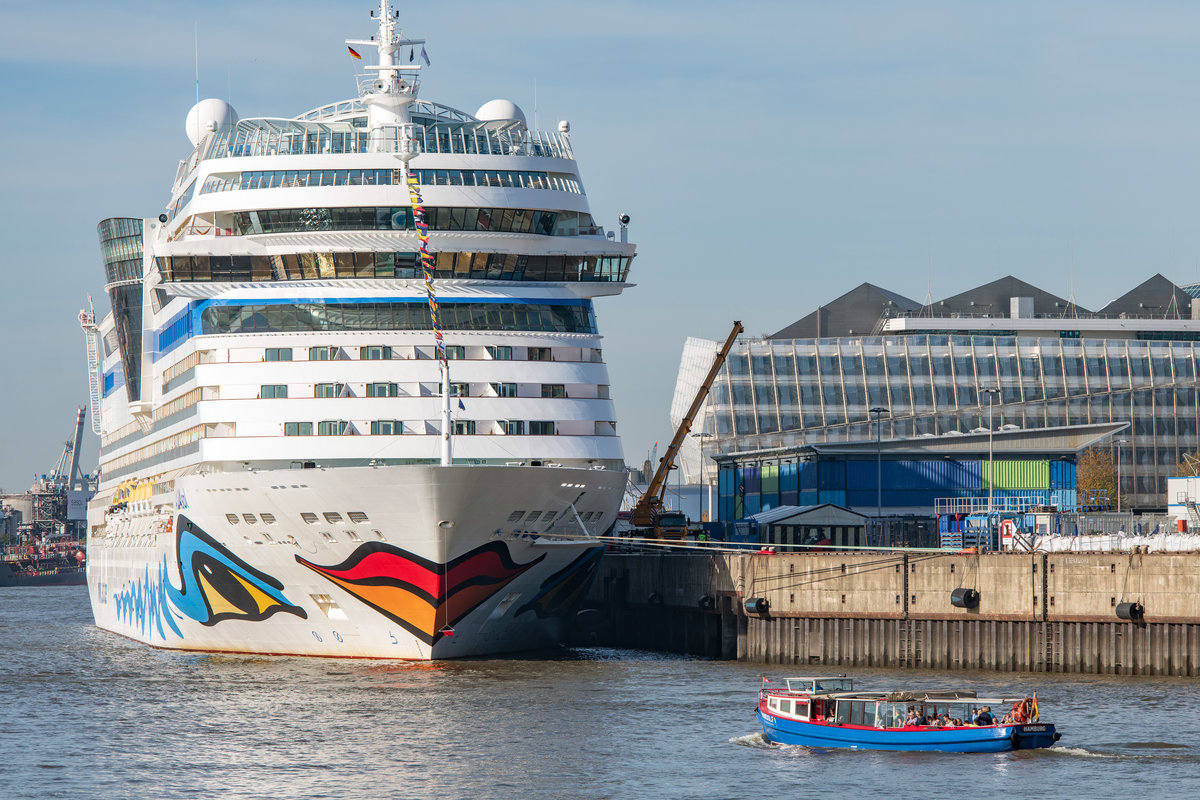 © HPA Andreas Schmidt-Wiethoff
© HPA Andreas Schmidt-Wiethoff
The Port of Hamburg, has been the focus of attention for improved container handling in all months of the first half of the year. Could you explain how this improvement was achieved?
In fact, in June, container handling was 10.2% higher than in January. Comparison of the first two quarters indicates a 4.6% rise in container throughput. As a rule, growth rates in this period are of around 0.6%. The recovery of the Chinese economy played an important role in the stabilisation of container throughput over the course of the year.
With its Green Deal, REPowerEU plan and Net-Zero Industrial Plan, the EU aims to have a climate-neutral economy by 2050. What are the measures the Port of Hamburg is adopting to achieve carbon neutrality by 2035? What role can the Port of Hamburg play in decarbonising the logistic chain?
The port is fully committed to sustainability in its strategic plan to 2040 and thus to making its contribution to achieving climate neutrality. The planned installation of shore power systems at all its terminals underlines this commitment. In addition, the share of environmentally friendly and energy-efficient means of transport, in particular rail and inland navigation, will be increased. Moreover, the port plays a decisive role as a driver for the energy transition and will be a central hub for sustainable energy sources.
Would you call yourself an energy port? If so, how do you anticipate the projected changing energy landscape in Europe? Within this changing energy landscape, what are the business opportunities for your ports? What will be the main challenge?
Europe will import an enormous amount of renewable energy via ports. Fossil fuel handling and storage facilities will be transformed for renewable energy in the form of hydrogen and sustainable fuels. Seaports are the hubs for distribution to the hinterland with pipelines. With our expertise in tank storage, pipelines, refineries and the handling of hazardous materials, we as the Port of Hamburg are already well prepared to handle green energy sources in the port. Moreover, we are leading the way nationwide in the import of green hydrogen due to our close partnership with Air Products and Mabanaft.
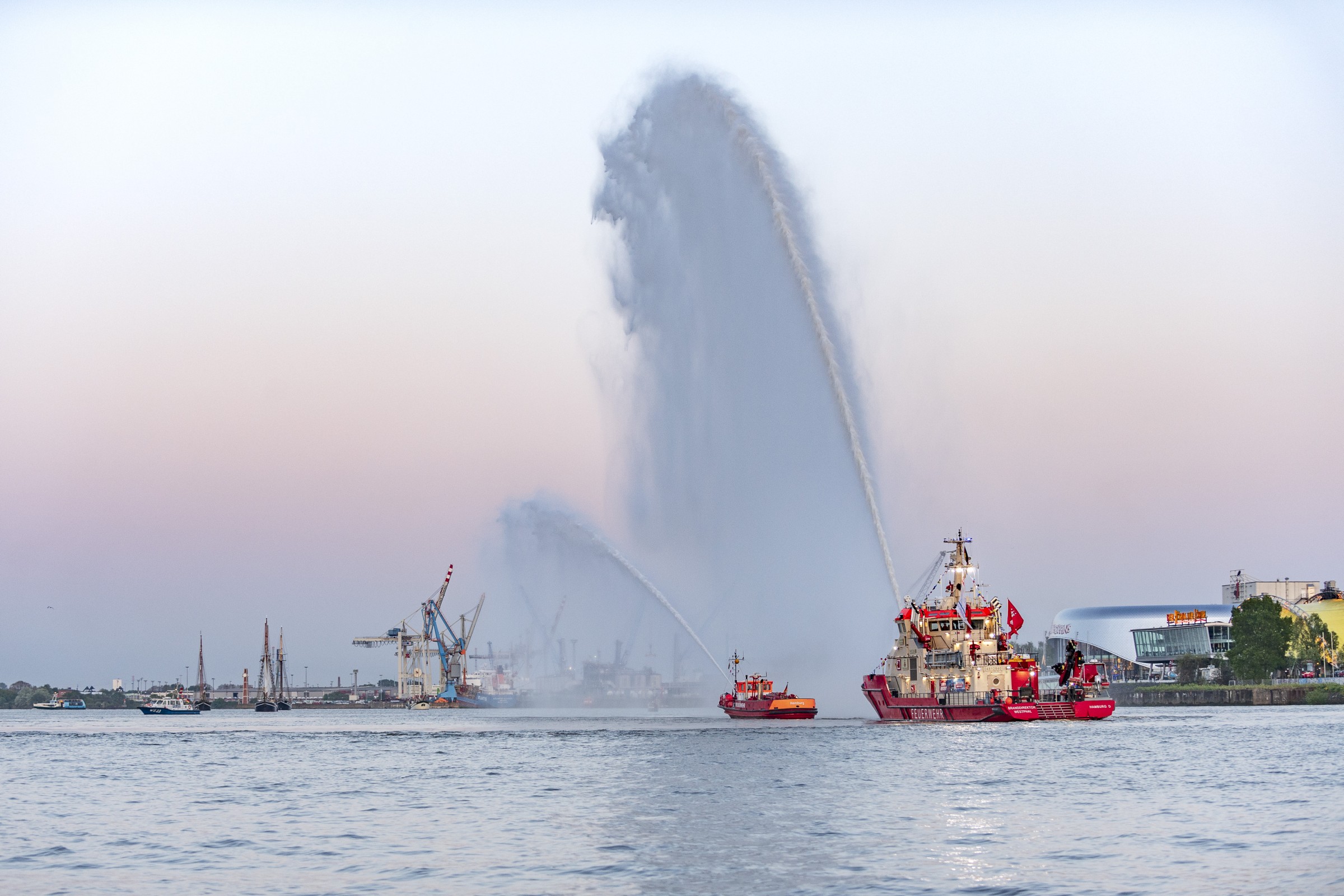 © HPA Andreas Schmidt-Wiethoff
© HPA Andreas Schmidt-Wiethoff
The European Commission proposed for a review of the TEN-T policy. Being the Port of Hamburg one of the world's leading rail ports highlighted by its hinterland traffic. What are your main priorities for your port in that respect? Has the port benefitted from being part of the TEN-T core network?
The Port of Hamburg welcomes the review of the TEN-T policy and supports a stronger focus on railway hinterland connections, as we intend to further strengthen this particularly sustainable mode of hinterland transportation. However, the rail standards and requirements for the main grid cannot be applied one on one to port rail systems. Given the significant variations in size, complexity, and governance of rail systems within European ports, it is important to apply the rail infrastructure requirements in an adapted way. The Port of Hamburg benefitted from rail-specific TEN-T funding in the past; given the importance of railway services for the decarbonisation of the transport sector in general, more and targeted funds should be made available for ports’ railway connectivity in the future.
In a few days you will be President of IAPH, the international Association of Ports and Harbours. Congratulations! What are your concrete plans or ideas for the organisation?
My presidency places a strong focus on empowering port authorities, promoting genuine collaboration, and driving innovation within the IAPH. Our aim is to tackle global challenges and seize opportunities for a sustainable port community while maximising our influence. By forming strategic partnerships with key stakeholders, compatible organisations, and government bodies, IAPH can improve the port sector and expedite the achievement of our goals, creating a thriving ecosystem that benefits the entire logistics chain.
I recognise that the IAPH is not the only organisation dedicated to improving the port sector. Nevertheless, as the largest international organisation in this field, I see the IAPH with the responsibility to amplify the adoption of the best solutions, whether they have been developed by the experts and members within the IAPH itself or through fostering synergies and collaborative efforts with organizations like ESPO.
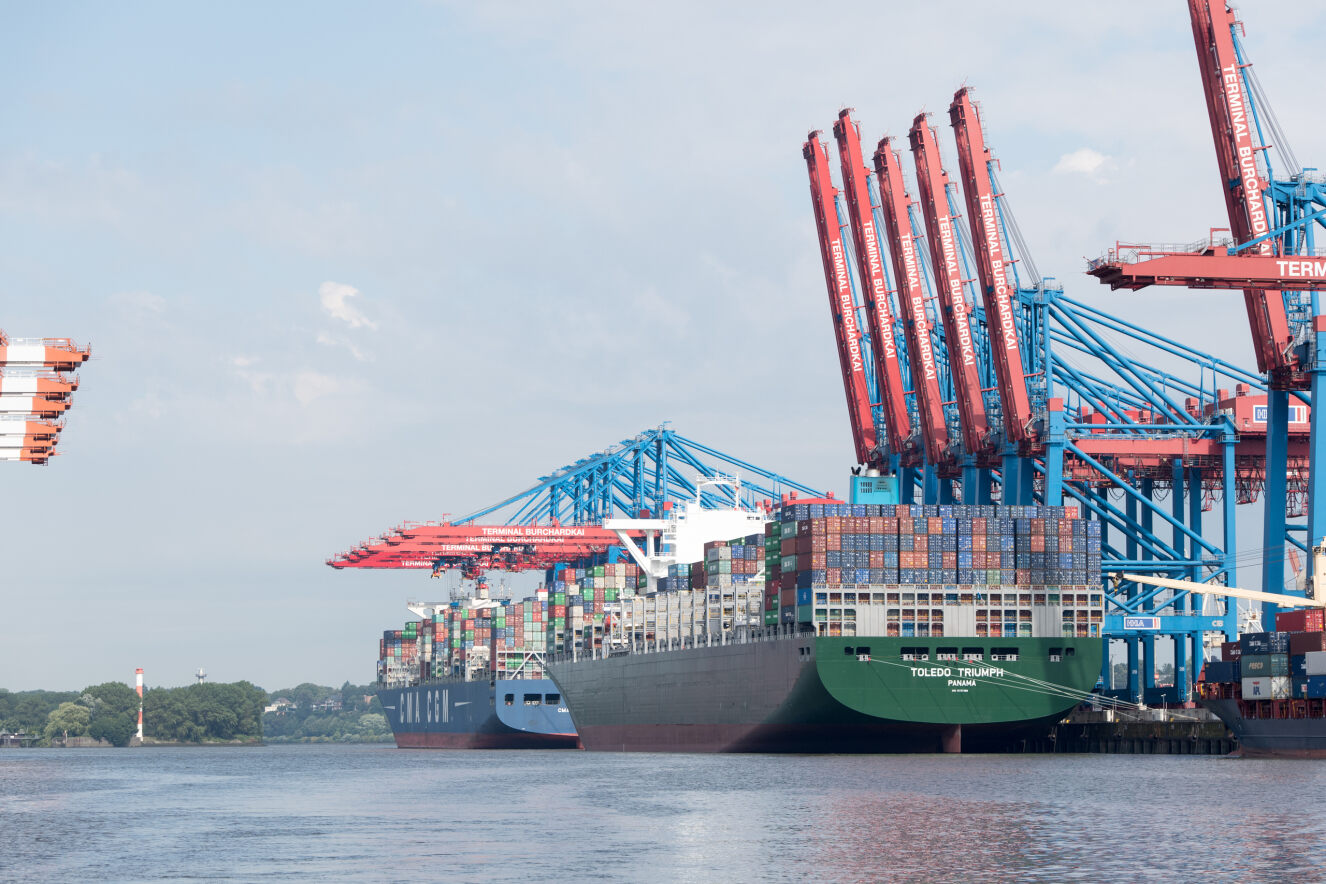
The port of Hamburg is a long-standing member of ESPO. What is the added value in your opinion of being part of an organisation like ESPO?
ESPO has evolved into one of the most respected and reputable industry organisations in the maritime sector and a highly valued interlocutor for the European law-makers, other industry-stakeholders and the media alike. ESPO can look back on many successful campaigns for ports’ interests, be it the revision of EU public procurement law, the Port Package III, the application of state-aid law to ports and most recently the adequate transposition of Green Deals initiatives to ports and the maritime sector. The Port of Hamburg has always been very active in ESPO’s work and sees a clear added value in its work, as well as the network which ESPO provides, for European ports in general and the Port of Hamburg specifically.
How did you get into port business? How did your career path lead to this position?
Initially, I studied computer science with a minor in economics, which might not seem quite typical for the position of the CEO of the HPA. But I have always been involved in logistics in various senior management positions, so my path eventually led to the Port of Hamburg.
Finally, if you had to bring us to your favourite spot in the Port of Hamburg, where would you take us?
It is important for me not only to receive reports on our projects, but also to see them in person from time to time.
We are currently testing the use of the robot dog "Spot" for inspection work in one of our largest bridges. This is really impressive to see and that is why I consider it as a special spot where I would like to take those visiting the Port of Hamburg.
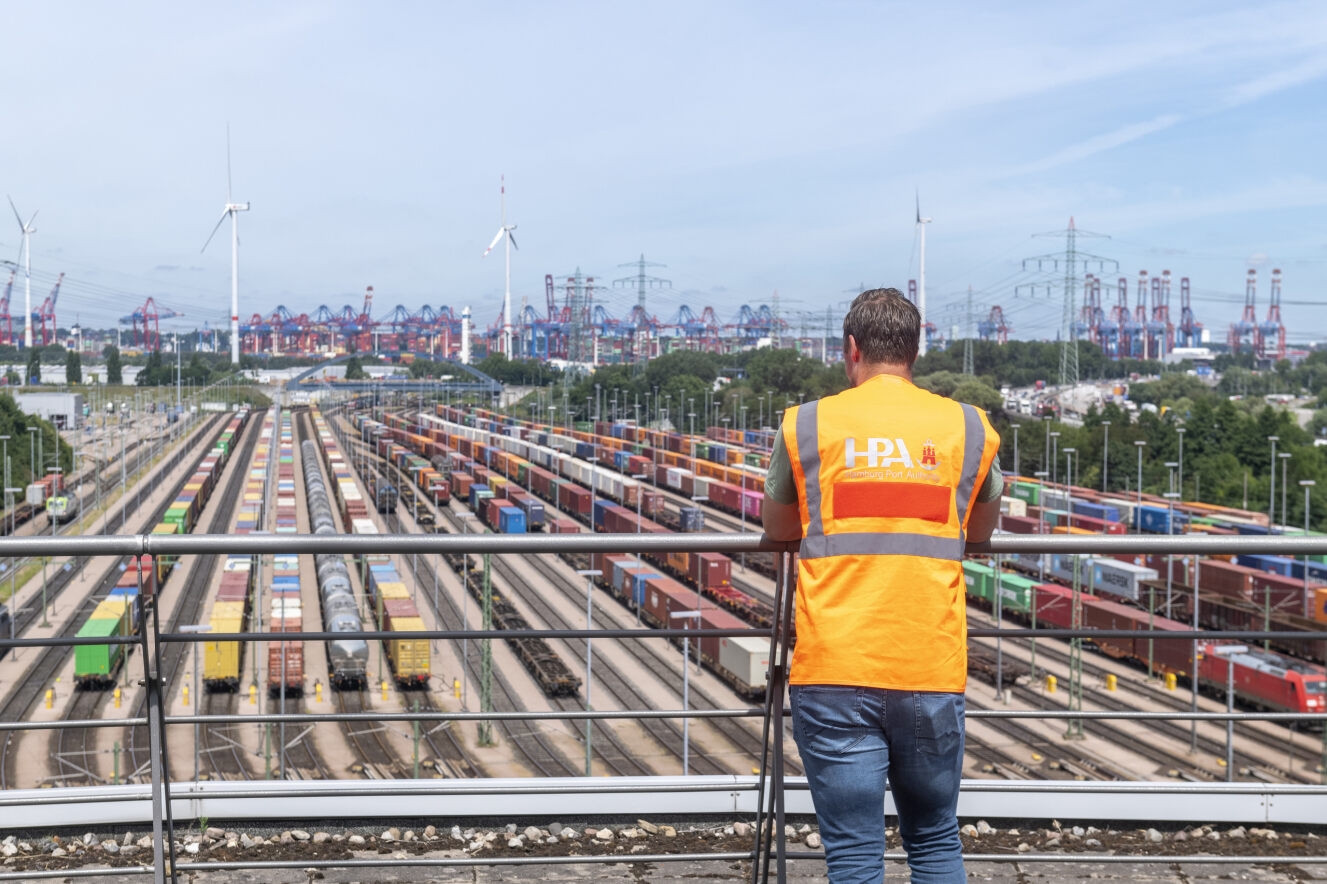
Related documents
No attachments.
